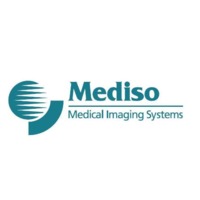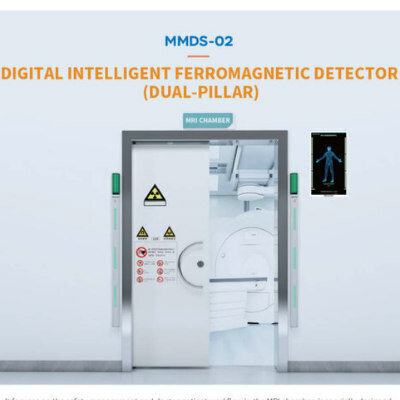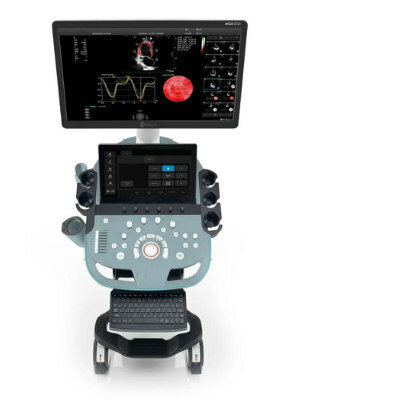Findings of Canadian Mammography Study Disputed by American Radiology and Breast Imaging Societies
By MedImaging International staff writers
Posted on 25 Feb 2014
A new study reveals that annual mammography failed to reduce breast cancer mortality in women compared with physical examination or routine care.Posted on 25 Feb 2014
Researchers at the University of Toronto School of Public Health (Canada) reviewed 25-year follow-up data of the Canadian National Breast Screening Study (CNBSS), and compared breast cancer incidence in women who did or did not undergo mammography screening. Study participants included 89,835 women (aged 40–59), randomly assigned to mammography (five annual mammography screens) or control (no mammography). Women in their 40’s in the mammography arm and all women in their 50’s in both arms received annual physical breast examinations.
The results showed that during the entire study, 3,250 women in the mammography group developed breast cancer, compared with 3,133 in the control group; 500 deaths due to breast cancer occurred in the screened patients versus 505 in the control group, resulting in a hazard ratio (HR) of 0.99. After 15 years of follow-up, a residual excess of 106 cancers was observed in the mammography arm, attributable to over-diagnosis. The study was published on February 11, 2014, in BMJ.
“Although the difference in survival after a diagnosis of breast cancer was significant between those cancers diagnosed by mammography alone and those diagnosed by physical examination screening, this is due to lead time, length of time bias, and overdiagnosis,” concluded lead author Anthony Miller, MD, and colleagues. “Overall, 22% of screen detected invasive breast cancers were over-diagnosed, representing one over-diagnosed breast cancer for every 424 women who received mammography screening in the trial.”
The study drew a quick response from the American College of Radiology (ACR; Reston, VA, USA) and the Society of Breast Imaging (SBI; Reston, VA, USA). In a joint statement, the two organizations characterized the results as an “Incredibly misleading analysis based on the deeply flawed and widely discredited CNBSS.” According to the ACR/SBI statement, the 32% rate of cancer detection by mammography is an extremely low number consistent with poor-quality mammography, and that mammography alone should detect twice that many cancers.
The organizations also noted that a prior outside review of the CNBSS confirmed the poor quality of mammography in the study. The ACR/SBI statement also questioned the randomization process used by CNBSS, pointing out that all women had a clinical breast examination prior to allocation, providing investigators with advance knowledge about which patients had breast lumps or enlarged lymph nodes.
Related Links:
University of Toronto School of Public Health
American College of Radiology
Society of Breast Imaging













